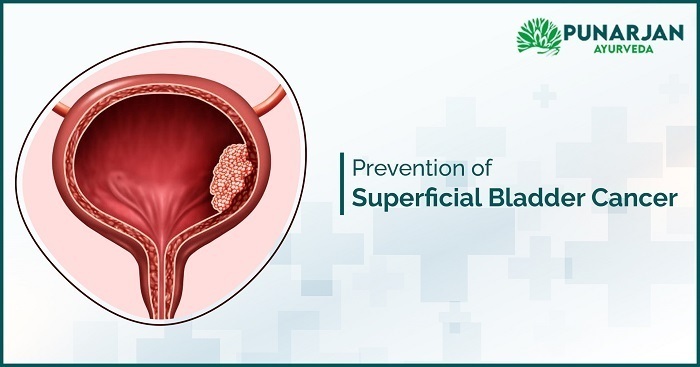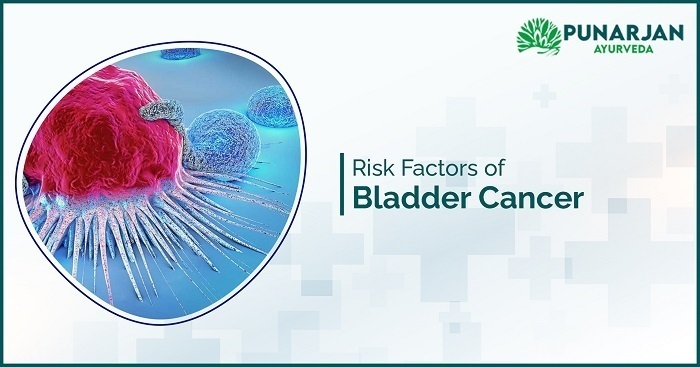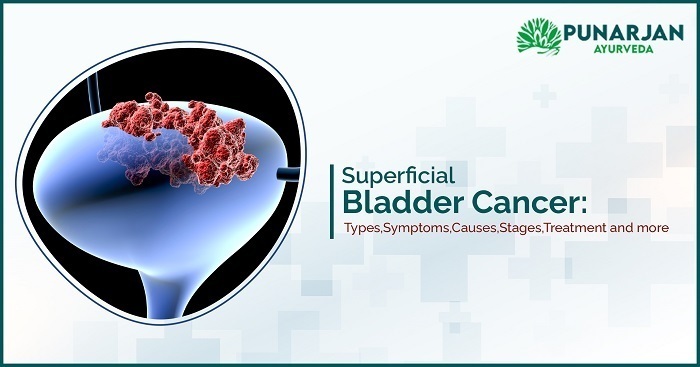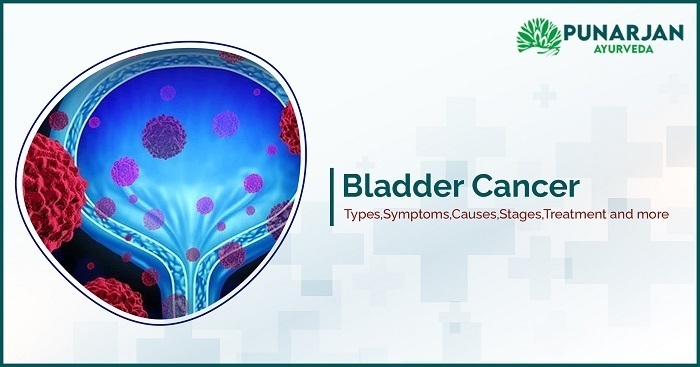
Breast cancer is one of the most common types of cancer in women around the globe. Prevention of breast cancer is better than its medicine. The molecular variation and complexity underlying breast cancer occurrence use chemotherapy and radiotherapy are very complicated and often lead to troublesome side effects.
In India, Breast Cancer has been recorded highest in number. According to a research report published in 2007, nearly 1,00,000 women in India had breast cancer every year. Almost half of the women were less than 45 years. In 2017, India became the third-largest population of breast cancer patients. This number increases by 5% annually.
Note that the breast cancer death rate is 1.7 times higher than the maternal mortality rate. Analytics say that, By 2025, 190- 260 women will be affected by breast cancer per hundred thousand. The age range for developing breast cancer would range from less than 35 years to more than 53.
Introduction:
According to the World Health Organization (WHO), cancer is the second leading cause of death after cardiovascular disease and growing health globally? Breast cancer is the most commonly diagnosed type of cancer among females accounting for approximately one-quarter of cancer globally. Significant research is in place to understand the cause of breast cancer onset, identify the critical molecular mechanism of its progression, and define new ways of treating it with lower and limited toxicity. Cancer treatment mainly relies on chemotherapy that uses cytotoxic agents for killing cancer cells. However, these agents or drugs affect both cancer cells and healthy cells, causing various side effects during therapy after therapy. For Overcoming these problems, current research indicated exploring herbal remedies that selectively target cancer cells. Besides this, unlike other cancer types, breast cancer has a diverse genetic mutation that affects several pathways.
What is Breast Cancer?
Breast Cancer is the development of a malignant lump within the breast. Generally, the foremost common symptom is a node within the breast, but it’s not vital that each lump on the breast converts to breast cancer. Various breast cancer signs could embrace skin sensation, modification in breast size, discharge, inversion of nipples, and breast pain.
While cancer cell develops in a body while the other breast cells get mutated and start growing; they both form a tumor and contain one breast or spread to another alternative breast; lungs are various inner frame components. Most cancers spread to other organs. The patient is at higher risk of relapse.
Our body produces multiple cells which keep on dying and reproducing themselves to sustain us. According to some researchers, the human body changes every seven years. To make matters simple, the functionality of each cell depends on the organ, which is originating.
Ayurvedic View of Breast cancer:
According to the principles of Ayurveda, your body based on the Tridosha’s, which include Vata, pitta, and Kapha.
- An imbalance in these doshas can lead to diseases and disruption in your health. Cancer occurs when an imbalance of all three doshas experienced.
- Improper diet and lifestyle considerations for being the primary reason for this imbalance in doshas, leading to breast cancer.
- Our digestive fire is also affected, which leads to the accumulation of toxins by blocking your body’s channels.
- All these factors are collectively responsible for the development of breast cancer.
Types of Breast Cancer:
Breast Cancer is typified based on the nature of the cancer cells and the cancer cells’ origin. Thus, all in all, there are many significant types of breast cancer.
1. Nature of Cancer:
Non- Invasive Breast Cancer: Cancer cells can be “in situ” (in situ meaning – in position/on-site). They contained around the point of origin. Breast cancers caused by such cells are also known as “noninvasive breast cancer.”
Invasive Breast Cancer: When cancer cells multiply and spread out to or invade nearby body parts of the breast, then breast cancer is known as “invasive breast cancer.” Breast cancer spreads to the lymph nodes, and hence, the first sentinels to fall are the underarms’ lymph nodes.
2. Origin of Cancer Cells:
Lobular Breast Cancer: Breast cancer, which develops and spreads from the lobules inside the breast’s milk ducts, is known as Lobular Breast Cancer.
Invasive Lobular Breast Cancer:
Invasive Lobular Breast Cancer is known as the second most common type of cancer in the world. Cancer cells start to originate from the lobules of the breast and spread outwards to other body parts.
Lobular Carcinoma In-Situ (LCIS):
Lobular Carcinoma is noninvasive breast cancer with abnormal growth in the lobules of the breast. It is generally misrepresented as DCIS because they are both noninvasive. LCIS is different because the tumour in the lobules is benign in nature; however, it increases cancer development risk.
3. Ductal Breast Cancer:
Cancer that originates and spreads from the milk ducts to other parts of the breast and body are known as Ductal Breast Cancer. Now we have established a brief understanding of the factors considered while typifying breast cancer, here are the types of breast cancer:
4.Ductal Carcinoma In-Situ (DCIS):
Cancer develops in the milk ducts and remains contained to the point of origin. In-Situ is noninvasive in nature. Cancer may become invasive if left untreated, while breast cancer may have milk in ducts during the initial stages.
Invasive Ductal Carcinoma (IDC):
It is the most common type of breast cancer and is also known as the Not Otherwise Specified (NOS) type of cancer. Invasive ductal breast cancer is also known as cancer, is of No Special Type (NST).
5. Medullary Breast Cancer:
Medullary breast cancer is observed on physical examination and doesn’t feel like a lump. It looks like the spongy part of the breast. It generally diagnosed through a mammogram.
6.Tubular Carcinoma:
Tubular Carcinoma is rare, amounting to only 2% of all diagnosed cases. It is named because we observe it under a microscope; its cell structure resembles a tube’s design. Cancer does not form any lump in a breast and passes the most physical exams, as it may feel like the spongy parts of the breast. It is detected through a mammogram, and it is generally diagnosed in women over the age of 50. It responds well to hormonal therapy.
7. Paget Disease:
Paget disease is a rare disease affecting the nipple and dark skin around the nipple and often misdiagnosed as other skin diseases. Paget disease often comes along with a lump in the breast, which could be in-situ or invasive. Generally, it is difficult to diagnose this disease, and an accurate diagnosis of invasive Carcinoma reached just when cancer has spread to the lymph nodes.
8. Mucinous Breast Cancer:
Mucinous breast cancer is the production of mucus in cells. However, this mucus formation also leads to a comfortable and favourable diagnosis.
Symptoms of Breast Cancer:
1) Swelling in all or part of the Breast
2) LUMP in the breast & underarms
3) Pain in breast, skin irritation
4) Dimpling, redness, scaliness, thickening of the nipple or breast skin
5) Inward turning nipple
6) Discharge from nipple other than breast milk.
Stages of Breast Cancer:
Breast cancer can be divided into stages based on how large the tumour or tumours are, and their spread invades nearby tissues or organs are higher than smaller ones and still contained in the breast. Stages of breast cancer, everyone need to know about cancer. If the tumour is invasive or non-invasive. How large the tumour is? Whether the lymph nodes are involved, cancer has spread almost to tissue or organs.
Breast cancer has five stages 0 to 5.
Stage 0 breast cancer
Stage 0 is DCIS. Cancer cells in DCIS remain confined to the breast’s ducts and have not spread into nearby tissue.
Stage 1 breast cancer
Stage 1A: The primary tumour is about 2 centimetres wide or less, and the lymph nodes have not been affected.
Stage 1B: Cancer is found in nearby lymph nodes, and either there is no tumour in the breast, or the cancer is smaller than 2 cm.
Stage 2 breast cancer
Stage 2A: If the tumor is smaller than 2 cm and has spread to 1–3 nearby lymph nodes, or if it’s between 2 and 5 cm and has not spread to any lymph nodes.
Stage 2B: The tumor is between 2 and 5 cm and has applied to 1–3 axillary (armpit) lymph nodes or larger than 5 cm and hasn’t spread to any lymph nodes.
Stage 3 breast cancer
Stage 3A: Cancer has spread up to 4–9 axillary lymph nodes, or it has been enlarged with the internal mammary lymph nodes, and the primary tumor can be of any size.
Stage 3B: Tumor has invaded the chest wall or skin and may not have exceeded up to 9cm of lymph nodes.
Stage 3C: Cancer is found in 10 or more axillary lymph of nodes. Lymph nodes are near the collarbone or internal mammary nodes.
Stage 4 breast cancer
Stage 4 breast cancer has a tumor of any size, and its cancer cells can spread to nearby and distant lymph nodes and distant organs.
Causes of Breast cancer:
While the exact cause of a person’s breast cancer may be unknown, People who have Breast Cancer A1 and Breast cancer A2 genes have a considerable risk of developing breast cancer.
Risk Factors of Breast Cancer:
Several risk factors increase your chances of getting breast cancer. However, having any of these doesn’t mean you will develop the disease. Some of the risk factors can’t be avoided, such as the family history of any cancer. Risk factors for breast cancer include:
Age: The risk of developing breast cancer increases as your age is most invasive. Breast cancers are found in women over age 55.
Consuming Drinking alcohol: Drinking excessive amounts of alcohol may also risk breast cancer.
Having breast tissue: Breast tissue makes mammograms hard to read. It also increases the risk factor of breast cancer.
Gender: White women are 100 times more likely to have the chance of developing breast cancer than white men, and black women are 70 times more likely to have breast cancer.
Genes: Women with BRCA1 and BRCA2 gene mutations are more developed to breast cancer than women who don’t. Other gene mutations may also affect your risk factor.
Early menstruation: If you had your first period before age 12, it might lead to breast cancer.
Pregnancy at older age: Women who don’t conceive their first child until 35 have a risk of breast cancer.
Hormone therapy: Women who are taking postmenopausal estrogen and progesterone medications to reduce their signs of menopause symptoms have a higher risk of having breast cancer.
Inherited risk: If any of your family members have breast cancer, you may have an increased risk of developing it. It includes your mother, grandmother, sister, or daughter. Also, don’t have a family background in breast cancer, you can still develop breast cancer. Most of the women who have to develop breast cancer have no family history of the disease.
Late menopause: Women starting late menopause until after 55 are more likely to develop breast cancer.
No pregnancy: Women who have never conceived a pregnancy to full term have more chances of developing breast cancer.
Previous breast cancer: If you encountered breast cancer in the past, you have an increased risk of developing breast cancer in your other breast or a separate area of the previously affected breast.
Treatment for Breast Cancer:
Depends on the kind of breast cancer and how far cancer has spread. People who are suffering from breast cancer get more than one type of treatment.
- Surgery: Cancer tissue treated by an operation where doctors cut out cancer tumor
- Chemotherapy: You are using certain medicines to shrink or kill the cancer cells. The drugs can be pills you take or treatments given in your veins, or sometimes both.
- Hormonal therapy: It blocks cancer cells from getting the hormones they need to grow.
- Biological therapy: It works with your body’s immune system and helps it to fight cancer cells and control side effects from causing other cancer treatments.
- Radiation therapy: We are using high-energy rays (similar to X-rays) to kill the cancer cells.
Ayurveda Prevention for Breast Cancer:
Cancer is a preventable disease with changes in nutrition and dietary changes. 35% of Several confirmations from epidemiological and laboratory studies that good fruit, vegetables, and herbal supplements remain inversely linked with breast cancer occurrence. A Diet plan which comprises an adequate quantity and has rich sources of other chemopreventive agents reduces breast cancer risk. Dietary supplements of the herbal origin are less toxic and quickly metabolized—moreover, dietary consumption of these herbal remedies helps fight the side effects in post-chemotherapy patients. Breast cancer patients popularly use black cohosh or Actaea racemosa plant to treat hot flushes, which gives conflicting but promising results.
Estrogens play a significant role in increasing normal breast cells and neoplastic breast epithelium. Almost 40–70% of breast cancers are estrogen receptor-positive. Hence, blocking the estrogen receptor for breast cancer treatment and chemoprevention is one of the practical approaches. Plant-based estrogen-like compounds or phytoestrogens act as cancer-protective agents. Phytoestrogens are structural analogues of the mammalian hormone estrogen and can bind weakly to the hormone receptor. Structurally, phytoestrogen can group into flavones, flavanones, lignans, coumestans, and stilbenes.
Different phytoestrogen classes are legumes and lignans found in seeds, nuts, whole grains, fruit, and vegetables. Epidemiological observations also revealed a modest 30% reduction in breast cancer risk for women with a higher percentage of dietary lignan intakes. Therefore, consuming a phytoestrogen-rich diet is one of the many potential protective lifestyles against breast cancer. Recently, there are increasing pieces of evidence that phytoestrogen activity inhibits essential steroid genic enzyme activity involved in the synthesis of estradiol from circulating androgens and estrogen sulfate. Consequently, this activity could play a significant role in the protection against breast cancer.
Conclusion:
Though advances in healthcare research led to the identification and characterization of most breast cancer types and corresponding cures. However, breast cancer incidence and prevalence are rising at an alarming rate in both developed and developing countries because of various risk factors. It improved synthetic drugs, and hormonal therapy emerged in a decline in breast cancer incidences, increased survival, and better life quality. The prolonged use of synthetic anticancer drugs remains linked with several health risks or side effects resulting from these drugs’ toxic effects in normal cells. Chemoprevention by herbal treatment is one of great interest and is considered an inexpensive, readily applicable, acceptable, and accessible approach to cancer control and management. Herbal remedies play a significant role in the direction of breast cancer and the associated therapeutic toxicity. The use of herbal products can be an efficient and cost-effective way to treat breast cancer. Such therapy proved to produce a synergistic anticancer effect that reduced the drug toxicity, suppresses the drug resistance, and provides quick drug action enhancing the quality of treatment. Plant-derived anticancer drugs are showed encouraging chemotherapeutic potential, can be used in breast cancer treatment. A large number of cancer patients are in preclinical or in clinical trials. In the last decade, many phytochemicals showed encouraging anticancer activity in-vivo and in-vitro breast cancer models.
Overall, this chapter can conclude that understanding the molecular mechanism of interaction between herbal compounds and cancer cells in the tumoral environment can help us design novel anticancer drugs that are less toxic and affordable. It reflects that these goals will only be attainable if the herbal compounds that showed promising anticancer activity can successfully be transferred to an ideal clinical setting to use herbal therapies.
Disclaimer:
This information on this article is not intended to be a substitute for professional medical advice, diagnosis or treatment. All content in this site contained through this Web site is for general information purposes only.







